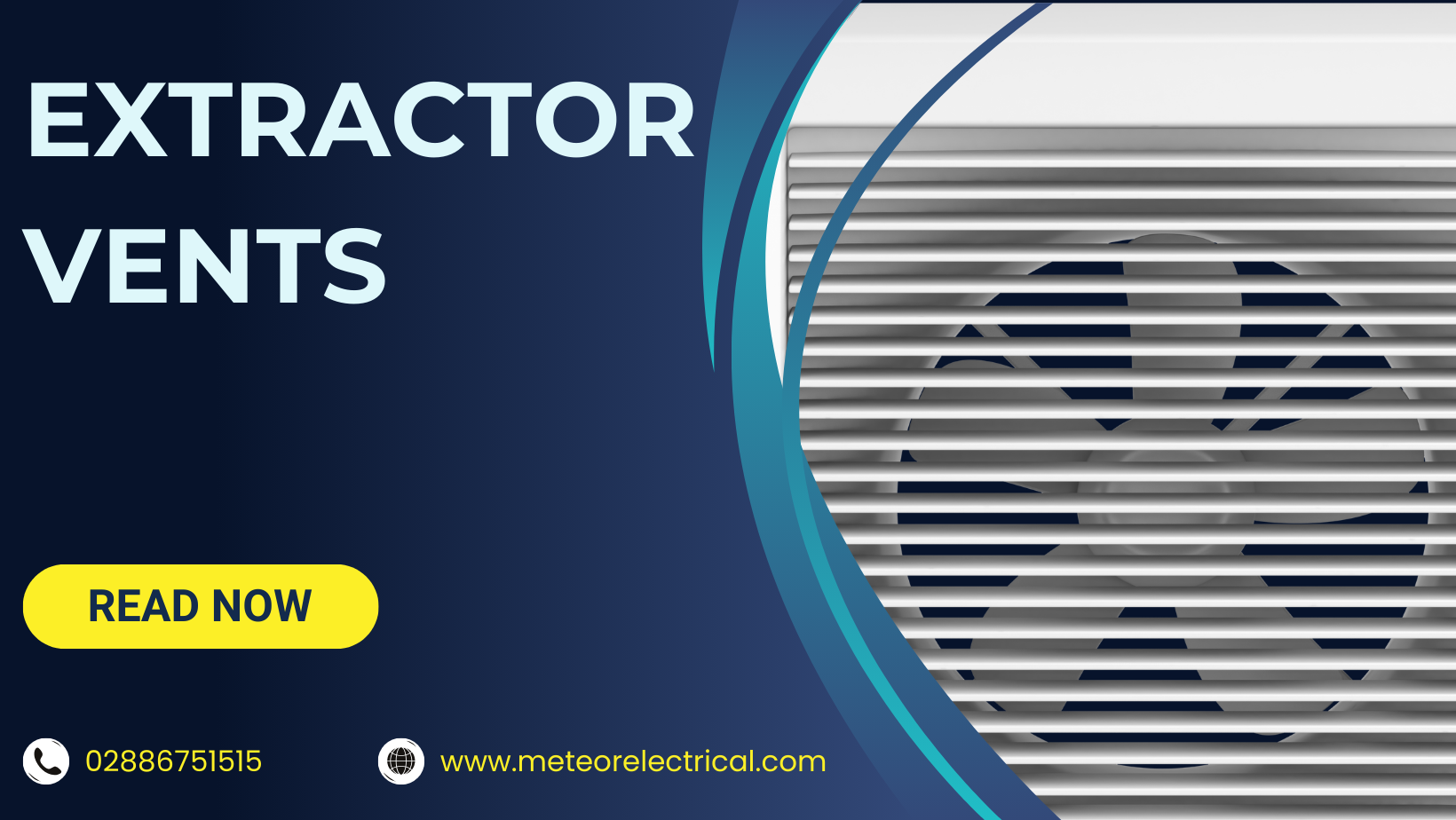Extractor Vents
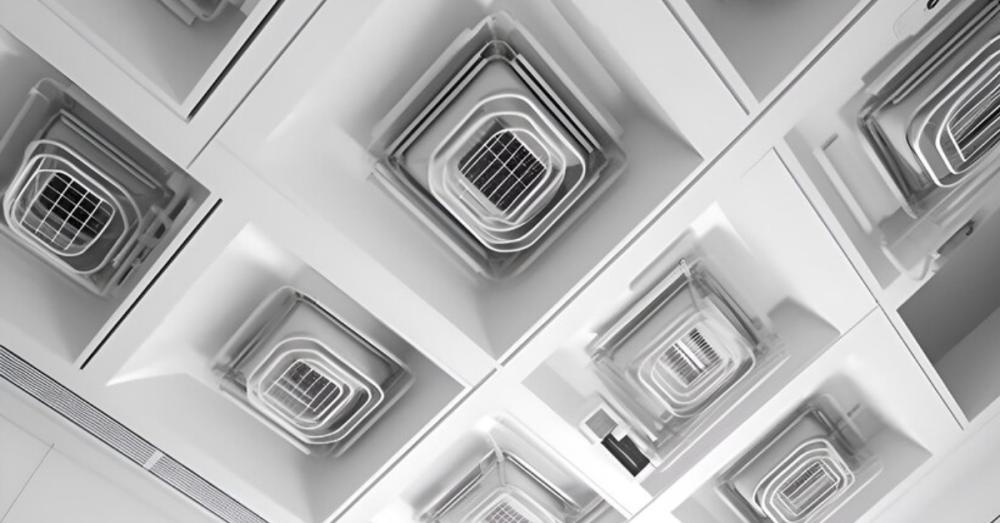
Maintaining good air quality is essential for both health and comfort, whether in your home or business. Poor air circulation can lead to moisture buildup, unpleasant odours, and even structural damage. This is where extractor vents come in. These powerful yet energy-efficient devices help control humidity, eliminate unpleasant smells, and improve the overall air quality in spaces like kitchens, bathrooms, and utility rooms.
Proper ventilation has been shown to reduce the growth of mould and mildew, making it an essential element in maintaining a healthy indoor environment. Extractor vents help address these issues by extracting moisture, steam, and pollutants from the air, providing cleaner, fresher environments. In this blog, we’ll dive into the best extractor vents available at Meteor Electrical, explore their benefits, and explain how to choose the right one for your space.
Credit: bootsowen
What Are the Best Extractor Vents?
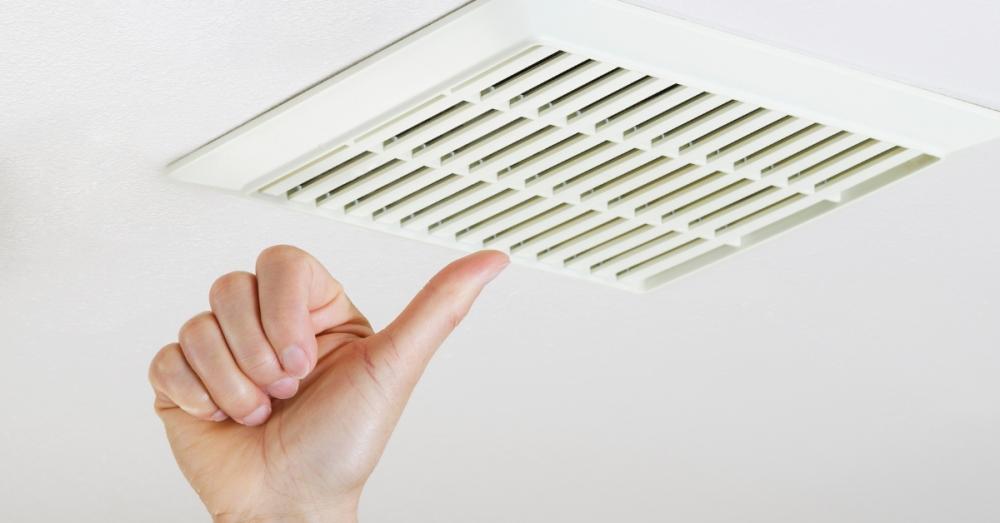
Choosing the right extractor vent can be a daunting task with so many options on the market. Fortunately, Meteor Electrical offers a wide range of high-quality extractor vents that will meet your ventilation needs without draining your energy bill. Let's take a look at some of the best extractor vents Meteor has to offer:
1. Xpelair Simply Silent Contour Extractor Vent
The Xpelair Contour is a sleek and minimalist option that’s perfect for integrated systems. Its smooth base plate hides all the mechanisms, giving it a clean, modern look. Whether wall-mounted or ceiling-mounted, this vent offers powerful extraction with two-speed options to choose from.
2. Airflow iCon 30 Extractor Vent Auto Iris Shutter
The Airflow iCon 30 is ideal for bathrooms, kitchens, and utility rooms. With an extraction rate of 32 litres per second, this model provides a great balance between power and quiet operation. It’s perfect for larger spaces and more demanding ventilation needs.
3. Xpelair Simply Silent Shower Extractor Vent
If you're installing a vent specifically for the shower, this Xpelair model is a top choice. It fits neatly into your ceiling, saving space while offering excellent moisture control. Thanks to its Ghost Air Movement technology, it operates quietly, making it a great choice for any bathroom.
4. Xpelair Simply Silent Extractor Vent
The Xpelair Simply Silent Extractor is another top pick, known for its powerful airflow and silent operation. With a range of timer settings and energy-efficient performance, this vent is ideal for high-humidity spaces like bathrooms.
| Extractor Vent Model | Best For | Airflow Rate | Key Features | Noise Level | Energy Consumption |
|---|---|---|---|---|---|
| Xpelair Simply Silent Contour | Bathrooms, kitchens, utility rooms | Adjustable (two speeds) | Sleek design, wall or ceiling mount, Ghost Air Movement technology for silent operation | Very Low | 5-20W |
| Airflow iCon 30 with Auto Iris Shutter | Domestic and commercial spaces | 32L/s | High extraction rate, quiet operation, ideal for larger rooms, automatic shutter for added efficiency | Low | 15-30W |
| Xpelair Simply Silent Shower | Bathrooms, showers | 21L/s | Compact, ceiling mount, moisture control, remote switch or sensor operation | Very Low | 10-25W |
| Xpelair Simply Silent | General use (bathrooms, kitchens) | 15L/s or 21L/s | Over-run timer, energy-efficient, silent running with Ghost Air Movement | Low | 10-30W |
The Key Benefits of Installing Extractor Vents
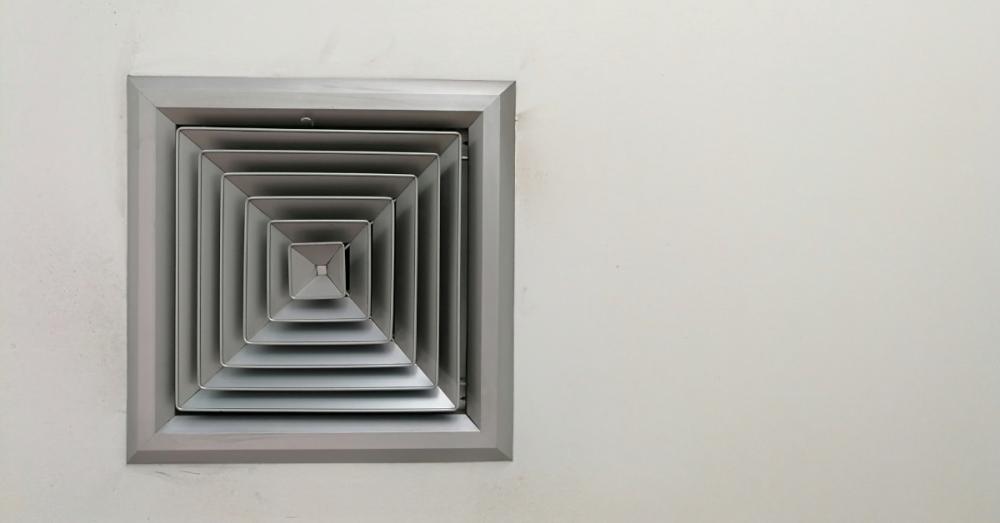
Extractor vents are more than just a practical addition to your space. They offer a variety of benefits that contribute to both the health and longevity of your property. Here are some of the top reasons why you should invest in extractor vents:
1. Control Humidity
Excess moisture in bathrooms and laundry rooms can lead to mould and mildew. Installing extractor vents helps to remove excess humidity, creating a more comfortable and hygienic environment. Whether it's a steamy bathroom or a moisture-prone laundry room, extractor vents keep the air dry and fresh.
2. Improve Air Quality
Poor air quality can have a significant impact on your health. Extractor vents help remove harmful gases and pollutants, improving the air you breathe. In kitchens, they clear cooking smoke and in utility rooms, they can help ventilate fumes from cleaning products or chemicals.
3. Eliminate Steam and Odours
Cooking creates steam and lingering odours, especially in the kitchen. Installing an extractor vent can reduce these issues by efficiently removing steam and preventing odour build-up. This keeps walls and ceilings cleaner and reduces the need for frequent cleaning.
4. Regulate Temperature
In warmer climates, extractor vents can help remove excess heat from your space. Heat rises, so by using a vent, you can help push warm air out, leaving cooler air circulating through your home or office. This can reduce your reliance on air conditioning, saving you energy.
5. Maintain Clean Surfaces
Smoke, cooking vapours, and even moisture can cause damage to walls, fabrics, and furniture. By using extractor vents, you help maintain the cleanliness of your interiors, saving time on cleaning and reducing the likelihood of long-term damage from smoke or moisture.
Credit: Making A Home
How Do Extractor Vents Work?
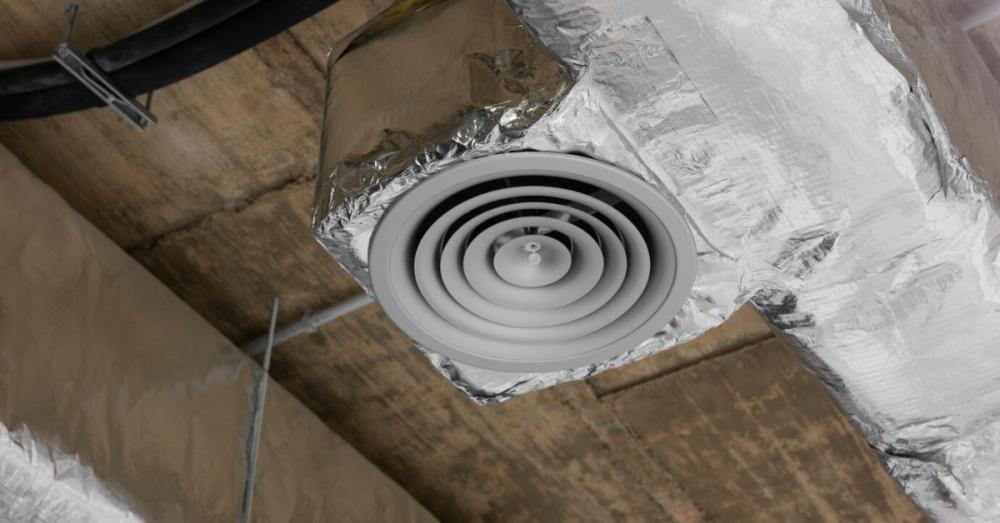
Extractor vents work by drawing air from the inside of a room and expelling it outside. This process removes moisture, smoke, and odours from the space, ensuring a clean and fresh environment. The mechanism works through the use of a fan that is either ceiling-mounted, wall-mounted, or inline.
Even though these devices use electricity to function, they are typically low-energy consumers. With power usage generally under 40W, extractor vents are energy-efficient solutions for home and business owners. Despite the low power consumption, they still provide effective ventilation, especially when installed in areas prone to moisture, like bathrooms or kitchens.
Choosing the Right Size for Your Extractor Vent
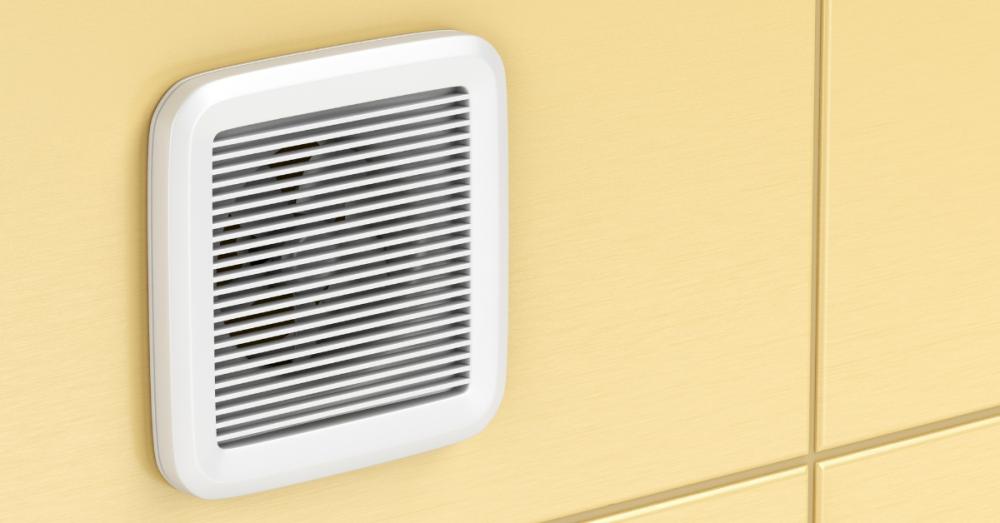
When purchasing an extractor vent, it’s essential to consider the size of the space you’re ventilating. The right vent size will ensure proper air circulation and efficient operation. Generally, extractor vents come in various sizes, including:
- 4-inch vents: Ideal for small rooms such as en-suite bathrooms or small showers.
- 6-inch vents: Suitable for medium-sized rooms like standard bathrooms or kitchens.
- 9-12 inch vents: Best for large commercial spaces or high-moisture areas.
The size of the vent you choose will depend on the room’s size and the level of ventilation needed. Larger spaces, like commercial kitchens, require larger units with higher airflow capabilities, while smaller spaces benefit from more compact options.
Common Types of Extractor Vents and Their Installation
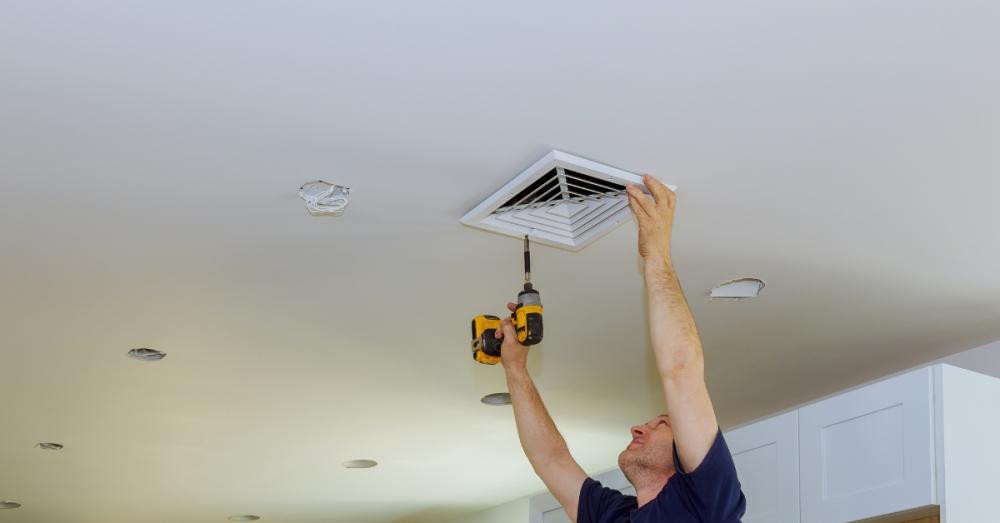
Extractor vents come in various designs, each suited to different spaces and installation requirements. Here's a breakdown of the most common types:
1. Ceiling-Mounted Extractor Vents
These vents are installed in the ceiling, making them ideal for bathrooms and showers. They pull the moisture and air upwards through ductwork, expelling it outside. When replacing an old vent, ensure that the new unit matches the existing hole size. For new installations, you’ll need to cut a hole that fits the new vent.
2. Wall-Mounted Extractor Vents
Wall-mounted vents are a practical choice for spaces where ceiling installation is not feasible. They can be installed on any external wall, providing excellent extraction for kitchens or small bathrooms. Be sure to measure the depth of the wall to ensure proper fitting.
3. Inline Extractor Vents
Inline vents are mounted between duct lengths, making them an excellent choice for areas where space is limited. They tend to be quieter than ceiling or wall-mounted options and are ideal for long ducting runs. Inline vents are particularly useful in large buildings or commercial spaces.
Conclusion
Extractor vents are a crucial part of maintaining healthy indoor air quality. Whether you’re improving your home’s ventilation or outfitting a commercial space, choosing the right extractor vent can have a significant impact on comfort, health, and maintenance. Meteor Electrical offers a wide selection of top-quality extractor vents that can help you improve your indoor environment while saving on energy costs.
Explore our range today and make your space healthier, more comfortable, and efficient. Visit Meteor Electrical for the best extractor vent solutions!
FAQs
1. What is the purpose of an extractor vent?
An extractor vent removes moisture, odours, smoke, and pollutants from indoor air, improving ventilation and air quality in spaces like kitchens, bathrooms, and utility rooms.
2. How do I know what size extractor vent to choose?
The size of the extractor vent depends on the room's size and the level of ventilation needed. Smaller rooms typically need 4-6 inch vents, while larger spaces may require 9-12 inch models for higher airflow.
3. How much energy do extractor vents use?
Extractor vents are energy-efficient, typically consuming between 5W and 36W of electricity. Even the most powerful units use minimal energy to operate, making them cost-effective for everyday use.
4. Can extractor vents help with mould and mildew?
Yes, extractor vents are highly effective at controlling humidity, which helps prevent mould and mildew growth in areas like bathrooms and laundry rooms.
5. Are extractor vents noisy?
Modern extractor vents, especially models like Xpelair Simply Silent, are designed to operate quietly, even at high extraction rates, making them ideal for bedrooms and bathrooms where noise can be disruptive.

